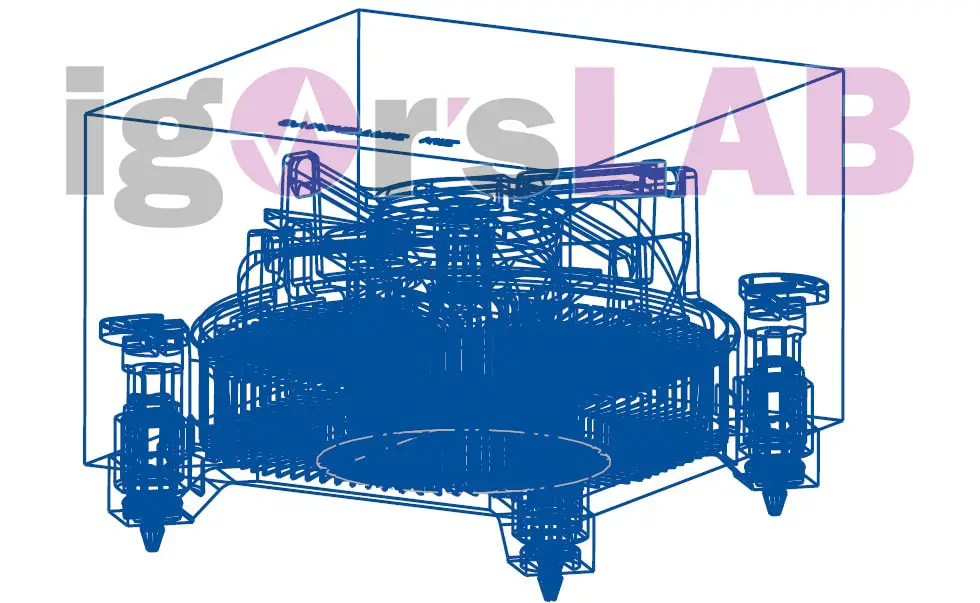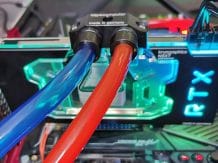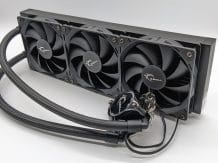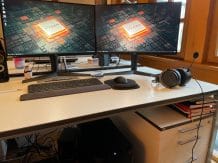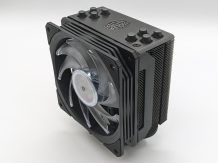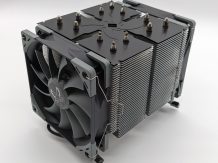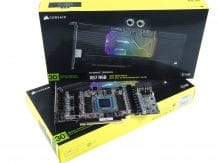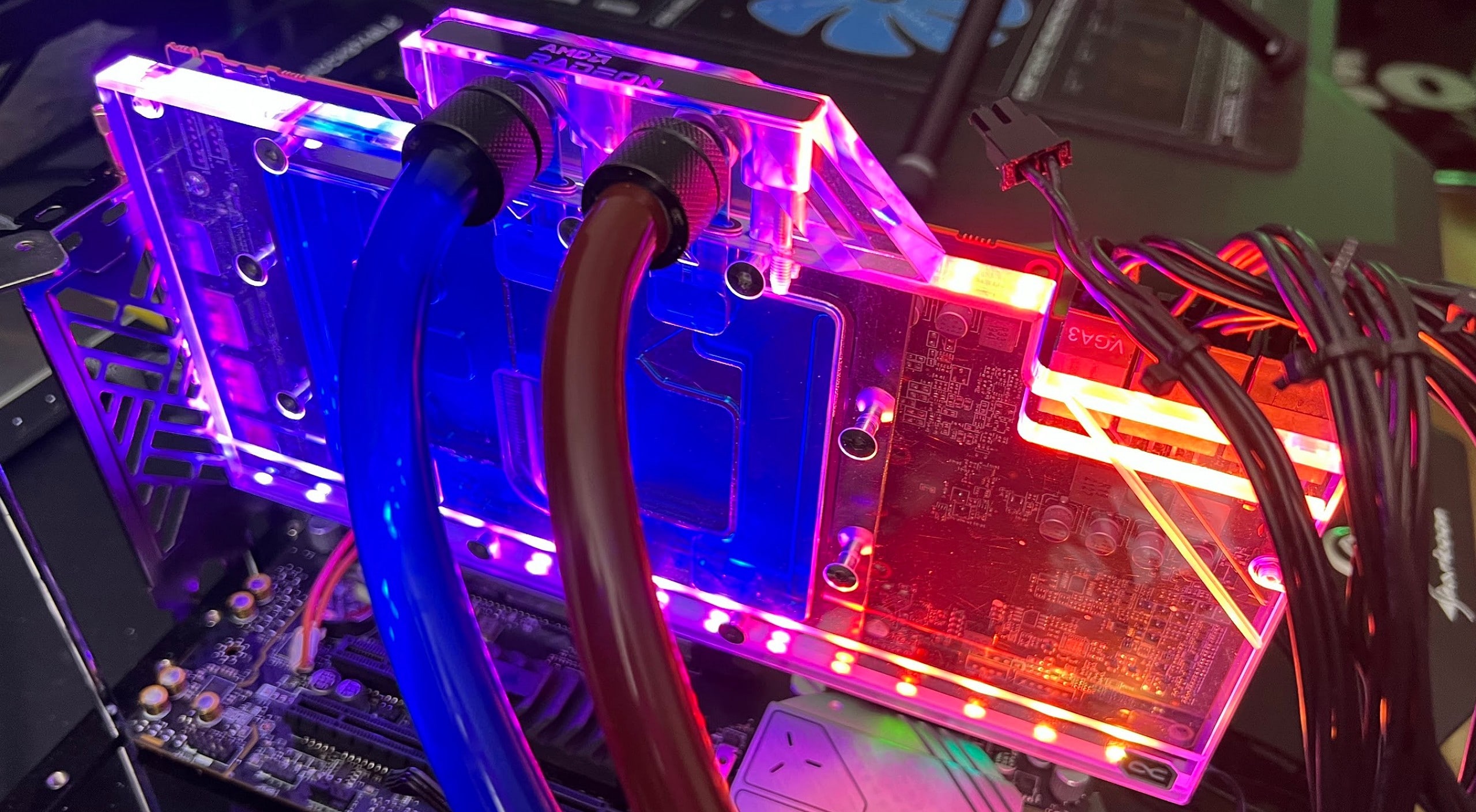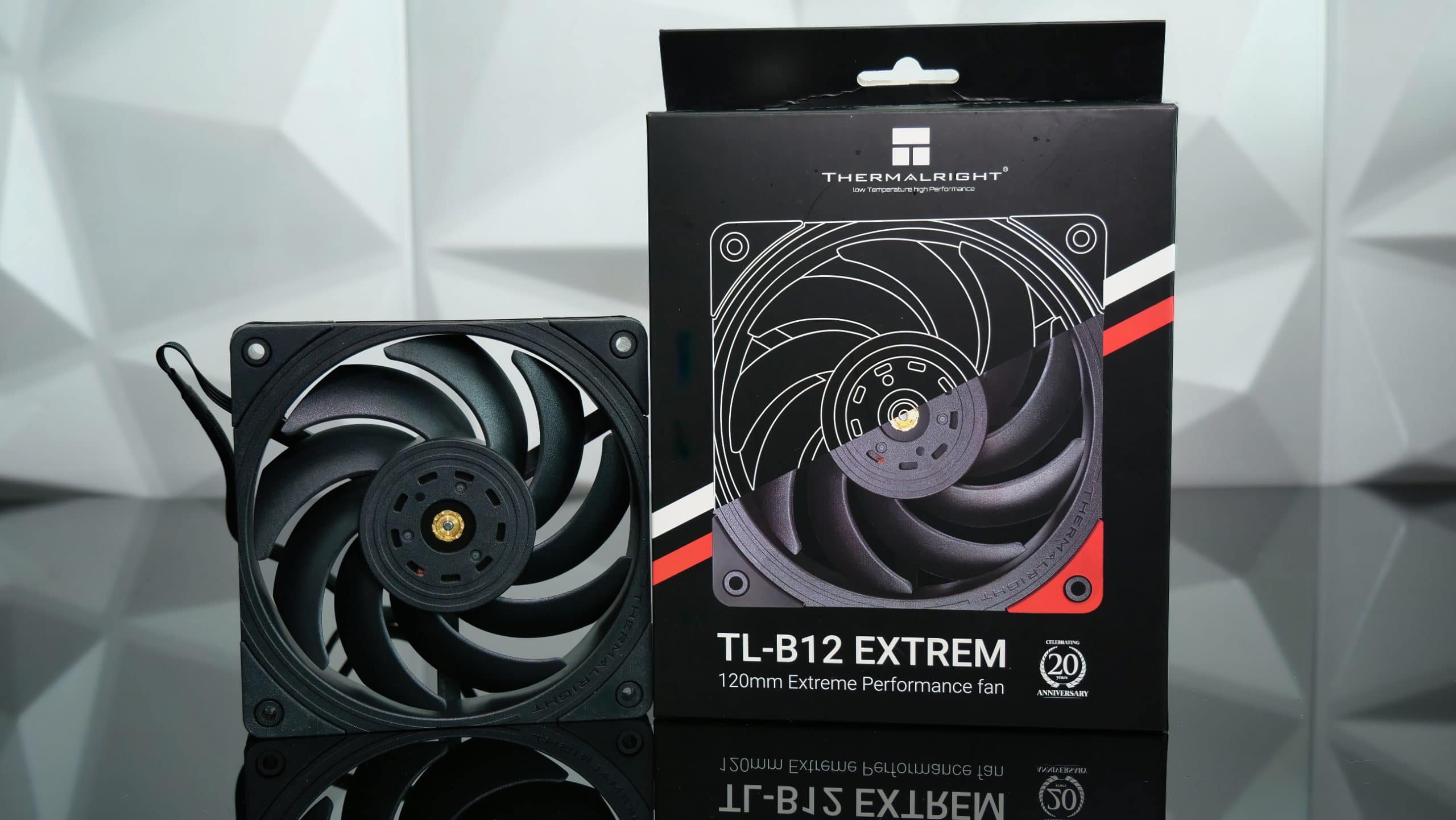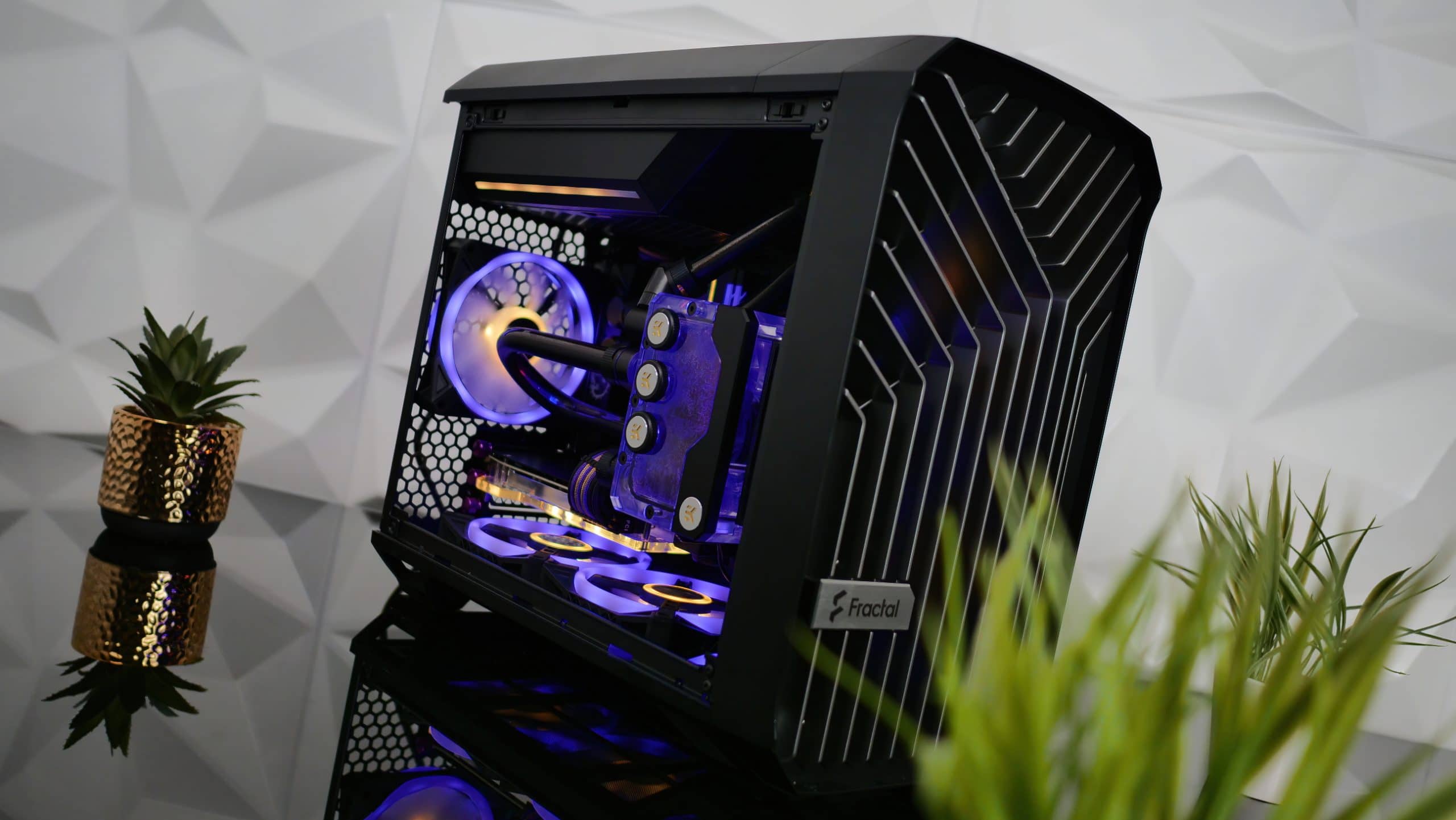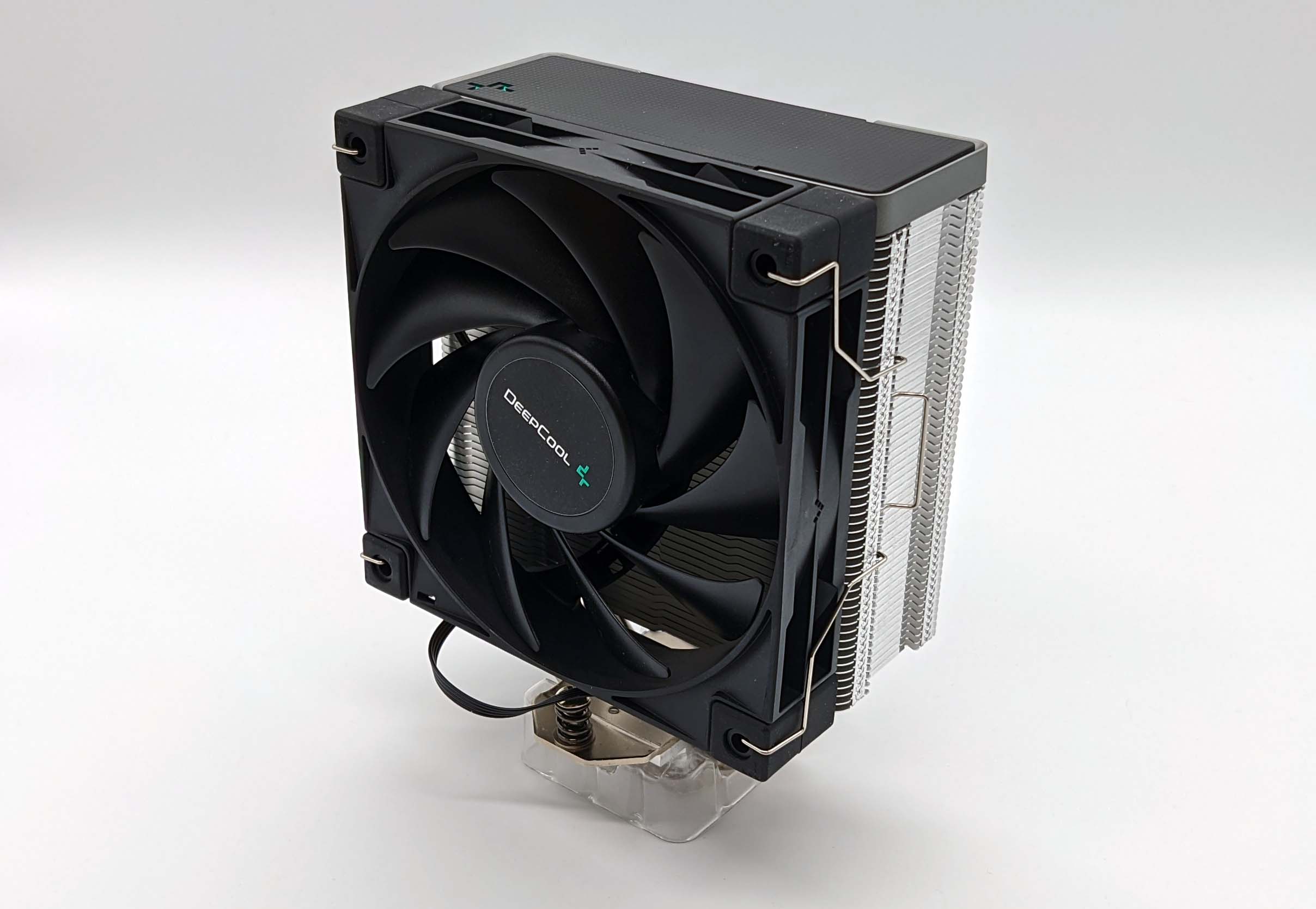Intel’s Alder Lake-S with boxed cooler and cryo-cooler including Peltier element – Exclusive details and preview
We already know that Intel’s new flagship of the 12th generation, let’s fictitiously call it Intel Core-1800, is again planned with a whopping 125 watt TDP. I had already published exclusive data from an engineering sample for this purpose (link below). I had already published in this article that the PL2 can go well over 200 watts again (albeit significantly shorter than with Rocket Lake-S). But where are the extremes? Even if I have them, I will not publish the construction drawings for the base at this point, but I will take two cooling variants from them that could not be more different.
Exclusive data on Intel’s Alder Lake-S – Will the Intel Core-1800 endanger AMD by the end of the year?
First, a few basics about the new cooling system. With the new sockets LGA1700 and LGA1800, Intel is also introducing a new fastening system and also deliberately changing the hole pattern for screw connections and backplate. With the distance between the holes, which has increased by a few millimeters, you want to understandably avoid someone putting an old cooler on a new system. Because not only is the structure width of the new CPUs smaller, but also the overall height of the complete package.
In the end, the overall height is only logical, because the sum of the thermal resistances can be significantly reduced and you will probably no longer have to decapitate CPUs at some point. And what’s more, the outer shape of the entire package changes from square to very rectangular. This will (have to) have a major impact on the design of the radiator bases, especially for water radiators.
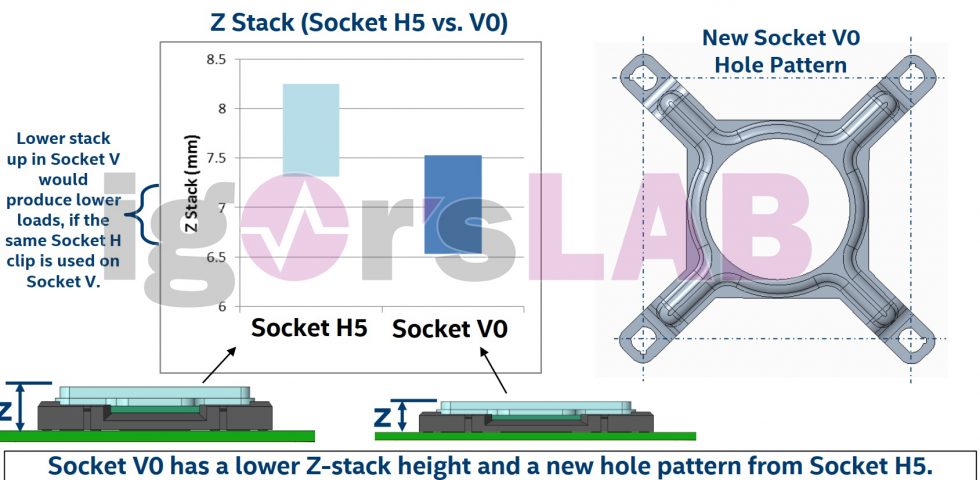
It will certainly be difficult to adapt every existing cooler with new brackets, because the leave-out and leave-in areas have also changed completely, also with regard to the collision with components on the motherboard circuit board. The old backplate is guaranteed to no longer fit. But I’ll show you that you can even do without it. However, the large models from Intel’s Alder Lake-S definitely need a counterpart on the back for the cooling solutions above 100 watts.
The sub-zero number: cryogenic cooling with a Peltier element
The Cooler Master MasterLiquid ML360 Sub-Zero for Rocket Lake-S (RKL) was of course not a real cryo-cooling for really high loads, but it should guarantee such low temperatures in the partial load range, so that the highest possible boost clock rates can be run. Especially when gaming, you usually stay below 125 watts on average with RKL, only that you had to supply almost 1: 1 more electrical energy to the Peltier element for this cryo-cooling to work at all.
However, the current drawings show that Intel is again not excluding such coolers for the top models, but is again relying on solutions with an integrated Peltier element, i.e. on the thermoelectric cooling principle. I save the exact explanation of the mode of action at this point, it is not really relevant here and now. This is about the asymmetrical design (also because of the locking clip), whereby Intel also provides symmetrical designs for the optional rotation of coolers for normal cooling.
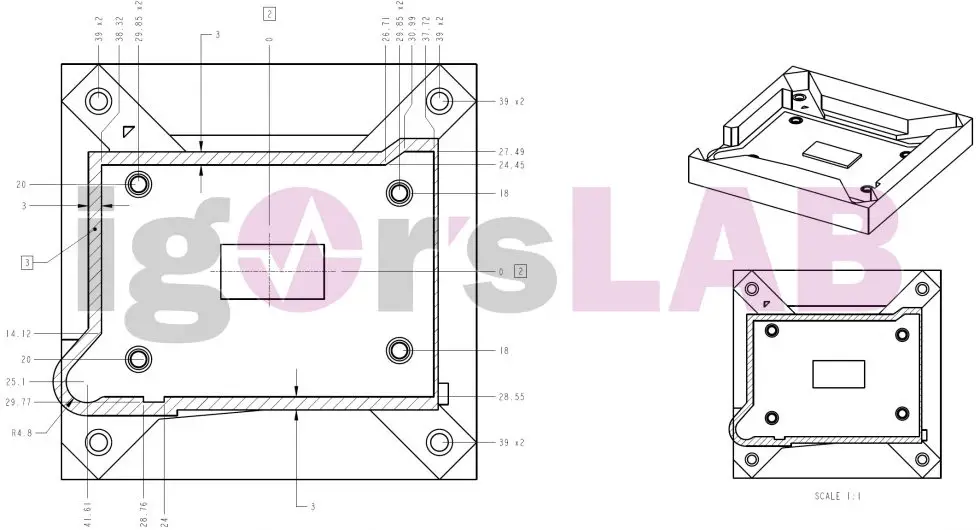
The sense, or rather complete nonsense, of such a cooling solution does not need to be discussed here, it is just the way it is. The factual doubling of the combined power consumption of the CPU and cooler is simply impractical and the exact opposite of efficient work. The above drawing shows the areas concerned and also the recommendation for an airtight cover. The picture below shows how this looks in practice with the Cooler Master MasterLiquid ML360 Sub-Zero.
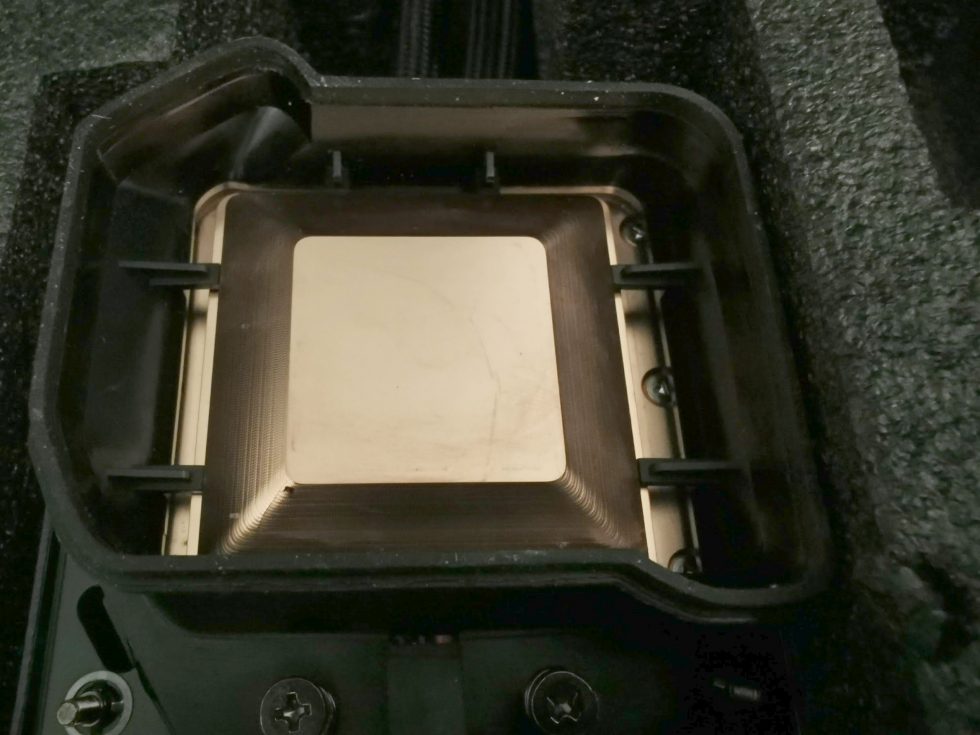
Interestingly, the test on Rocket Lake-S was a complete failure, because in idle and thus also with low power dissipation you don’t need cooling below room temperature. However, as soon as you approached the 75 watt mark, every normal AiO compact water cooling system was just as good and from around 120 watts even significantly better. The picture below shows the use on an Intel Core i9-11900K with 6 + 2 pin PCI-Express cable for power supply and up to 180 watts of additional power consumption, which also had to be dissipated via the radiator of the small cooling circuit. Physics is a serious science, but cryo-cooling is an ecologically questionable toy.
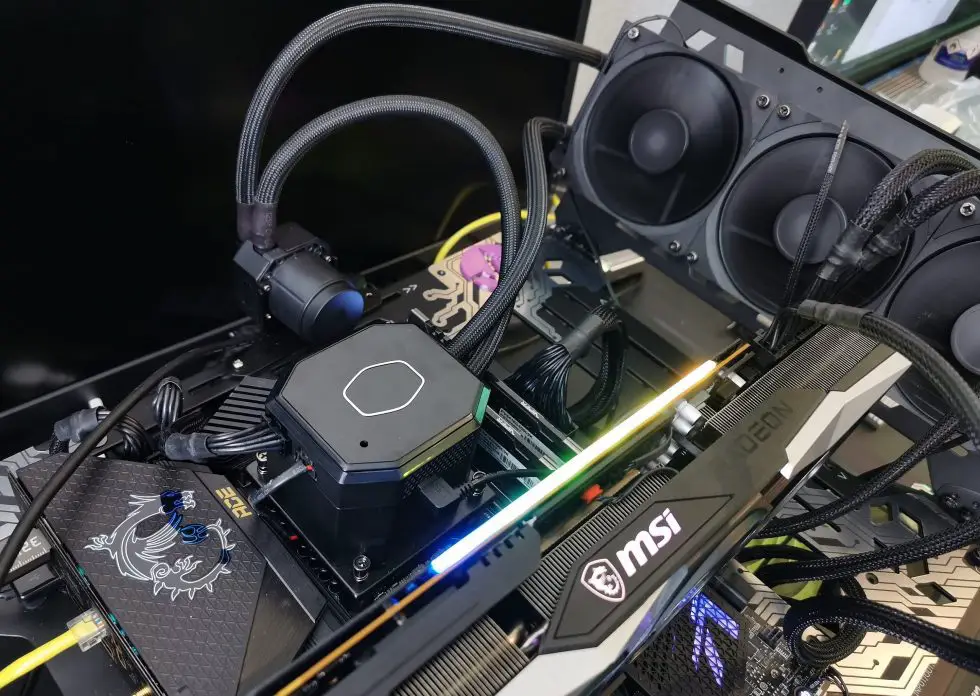
Well, what do we learn from it? Advertising and hope for a miracle are one thing, unfortunately reality is another. It’s again an experiment and a nice marketing gag, nothing more. You can hardly see any practical use here in everyday life, even if Intel might see it differently. Why you are wasting resources in development at all, I have no idea.
Cooler Master MasterLiquid ML360 Sub-Zero (MLZ-D36M-A19PK-12)
 | In stock | 374,90 €*Stand: 24.05.21 10:53 |
 | Ordered – expected in stock 06/18/2021 | 381,58 €*Stand: 24.05.21 11:06 |
 | In stock in the external warehouse, delivery within 3-5 working days | 406,30 €*Stand: 24.05.21 10:37 |
- 1 – Socket LGA1700/1800 & Cryo Cooler
- 2 – Intel Boxed Cooler & Push Pins





